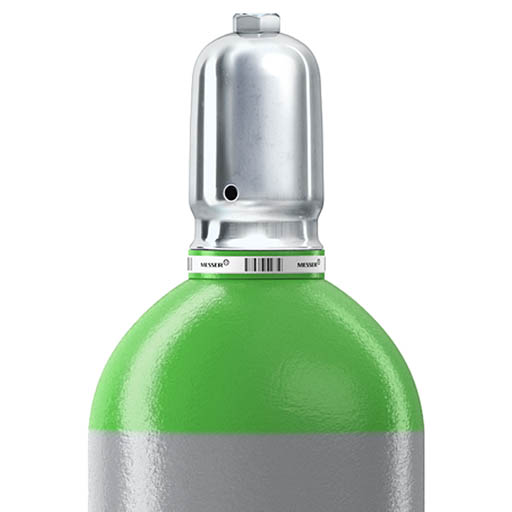PROCESS DESCRIPTION
Around 30% of the worldwide production of steel and iron takes place in electric arc furnaces. Many foundries also use electric arc furnaces with tapping weights from 5 to 40 tonnes for the melting of scrap, sponge iron and pig iron. To increase economic efficiency there have been significant developments over the last decade in transformers, panels, furnace geometry, foam slag technology, automation, electrode regulation and hydraulics; and the use of oxygen is state of the art.
An EAF consists of a hearth (a refractory wall forming the lower part of the furnace vessel with an opening for tapping), water-cooled panels and a lid with electrodes and exhaust gas opening.
The oven is loaded with baskets from above by pivoting the lid and the electrodes to the side. Once the lid has been closed and the electrodes inserted, the melting process begins. By means of a light arc between the electrodes and feed material electrical energy is converted into thermal energy.
Example of an electric arc furnace
Oxyfuel-technology supports the process, mainly through replacing electrical energy with chemical combustion energy.
Advantages:
- Savings in electrical energy
- Minimising tap-to-tap times
- Shorter power-on times
- Savings in electrode consumption
- Improvement in foaming slag technology

